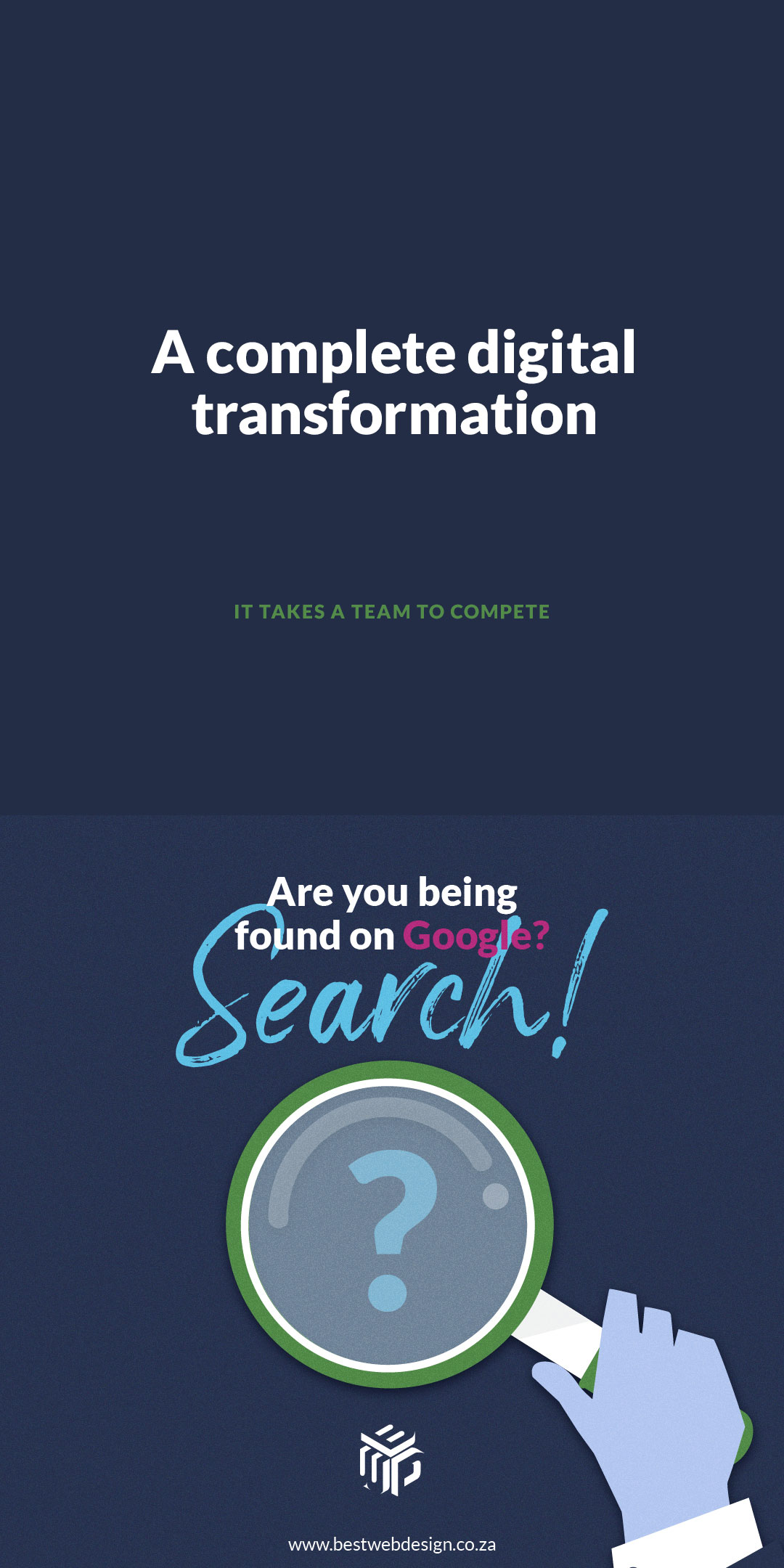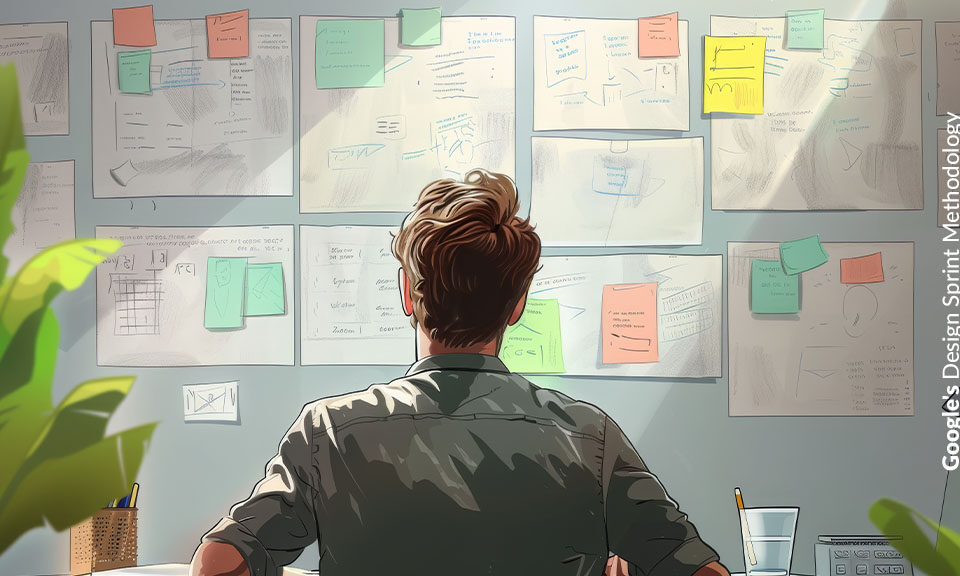
Design Thinking: A new innovative way to problem solving
July 31, 2019
The decision making process: A thought process
July 31, 2019Understanding the obstacles
Understanding the obstacles that prevent teams from reaching innovative solutions that solve underlying problems is a very important aspect of the Design Thinking Process followed by Best Web Design.
When we ignore a major influencing factor while trying to develop a solution, we are setting ourselves up for a potentially negative result, or may even be creating an even more problematic situation than the one we are trying to resolve.
Obstacles to Problem Solving
The following list of factors, though not exhaustive, represents some of the obstacles to achieving innovative solutions to the challenges we face. The more obstacles we encounter within a problem space, the more difficult the path to innovation.
Our goal is to always be able to create a space where obstacles are understood and removed or while exploring solutions.
- Individual people
- Egos
- Knowledge
- Perception
- Mindsets
- Beliefs
- Impulsive reactions
- Groupthink
- Education
- Language
- Skills
- Man with a hammer syndrome
- Team construction
- Power structures
- Organisational constraints and power structures
- Culture
- Location
- Environment
- Economics
- Politics
- Trends
- Technology
- Sustainability
- Law
- Time
- Money
If the list above seems long and broad, that’s the whole point. Hundreds of factors can influence how conducive a team can be when solving problems, so it is extremely important to be cognizant of how small and seemingly unimportant factors can adversely affect our team’s progress.
While it is not efficient to consider and analyze each and every factor in full, we should nevertheless put them at the back of our minds when working on a project.
To elaborate further on the most common obstacles teams face when trying to solve a problem.
Impulsive Reactions
When confronted with a challenging situation, we tend to want to be spontaneous in our reactions. The instinctive mentality is that we should strike, and strike fast, if we want to solve a challenging problem.
We tend to pinpoint obvious superficial factors and attack them directly, without reviewing subtle and perhaps more influential factors.
Best practice: In order to solve a complex, wicked problem, you and your team need to resist the urge to react impulsively — whether it’s to solve the obvious, superficial factors quickly, or to develop the very first idea into a full product directly — and learn to dive deep and develop a holistic understanding of the problem, before starting to ideate the possible solutions to it.
Egos Get in the Way
At times, we can be our own worst enemies when it comes to working in teams trying to solve problems. If we're focused on ourselves, showing off, on egos and asserting ourselves over others, we will most likely run into issues.
Not only will there almost definitely be conflicts within the team, we will also tend to fall in love with our own ideas and refuse to accept it when tests indicate that the solution is not working with the target users.
Best practice: The most successful problem-solving spaces provide room for each player or actor to present his/her views, thoughts, feelings and experiences, thereby allowing a more holistic approach to solving the problem. There should be no room for egos in an innovative design project.
As you may have noticed, the word “holistic” has popped up quite a few times already — and will likely appear many more times in any Design Thinking article you read.
That’s because it’s one of the core aspects of the Design Thinking mindset. It's one of the words you should definitely stick up on the wall close to your thinking and working space if you want to apply Design Thinking. HOLISTIC!
Groupthink
We all agree, so it must be right... right? Wrong!
Groupthink is a phenomenon that occurs when the desire for harmony or conformity in the group results in a dysfunctional or irrational decision-making outcome. When working in groups, we find in many cases that people will agree with group decisions due to self-confidence issues, a kind of group peer pressure, or fear of having an opposing view rejected. But groupthink does not only occur due to negative reasoning.
It may result from the desire towards a more cohesive group dynamic by avoiding conflict or controversy. Individuals consider expressing loyalty to the group to require avoiding views which may be out of sync with what the group has achieved consensus on.
Best practice: In order to avoid this scenario, team managers need to create a safe and playful space for individuals to express themselves, throw ideas out there, and not feel targeted. No-one must be allowed to dominate while ideas are being brainstormed. The right mentality must be adopted at the beginning of the project, where critiques of ideas are never made personal (and should never feel personal).
Of course, during later stages where ideas are evaluated and chosen for their appropriateness, a more critical approach should be taken rather than adopting a conforming mindset.
Man with a Hammer Syndrome
As the saying goes, “to the man with a hammer, every problem looks like a nail."
We approach problems based on the toolset which we feel most comfortable with and most skilled at. Engineers, doctors, teachers, developers, and politicians may all have tendencies to want to exercise their core skills or experience within their own field.
This may not be the correct approach to solve a specific problem, and it may not be a means to achieve the desired objective, especially when the problem has multiple influencing factors which require, wait for it, Holistic thinking. At times, we need to look outside of our core tendencies, skills and experiences and approach the problem on its own level of need.
Best practice: Creating cross-disciplinary teams will help solve this issue, as there will be many men with different kinds of hammers looking for different kinds of nails. It’s of course crucial that the team leader illuminates to all team members that all skills and mindsets are equally important so as to avoid power struggles.
In this context the manager’s skills and ideas are as important as the newly employed designer’s are. Likewise, the web designer’s, architect’s, and developer’s skills and ideas are equally important in a Design Thinking process.
As the saying goes, “to the man with a hammer, every problem looks like a nail.” We tend to try to solve problems which appear similar to previously solved problems, using the same methods even though simpler or more optimal solutions may exist. It's part of how the human brain works in following familiar patterns, thereby reducing cognitive load. 'Hammering Man' (1994) is a sculpture which is located in various cities.
It's a Bird; it's a Plane – Misdiagnosing Problems
We need to be sure we are diagnosing problems correctly, as treating symptoms may — as in the case of illnesses — not result in a cure but only temporary relief. In some cases, prescribing the incorrect medication to tackle a symptom may even cause a deepening of the root illness.
As part of any human-centred design approach, digging deep into human experience uncovers more about the problems we face than if we only scrutinised things on a superficial level.
Best practice: It is when we immerse ourselves in all the factors that influence a situation that we gain a deeper understanding of the way forward. We need to be vigilant, fully focused and aware of the obstacles which could derail our progress while keeping our focus squarely on the destination.
The Take Away
Before we take on a Design Thinking project, it is important, firstly, to take note of the various obstacles that can prevent us from reaching a solution that really works. From our impulsive tendencies to react to problems quickly and solve them just as fast, to the threat of egos and groupthink, there are many potential pitfalls that teams should learn to avoid.
Developing a holistic understanding of the problems that the target users face is a key element of Design Thinking, which is typically adopted to solve complex, wicked problems where multiple spheres and fields collide.






